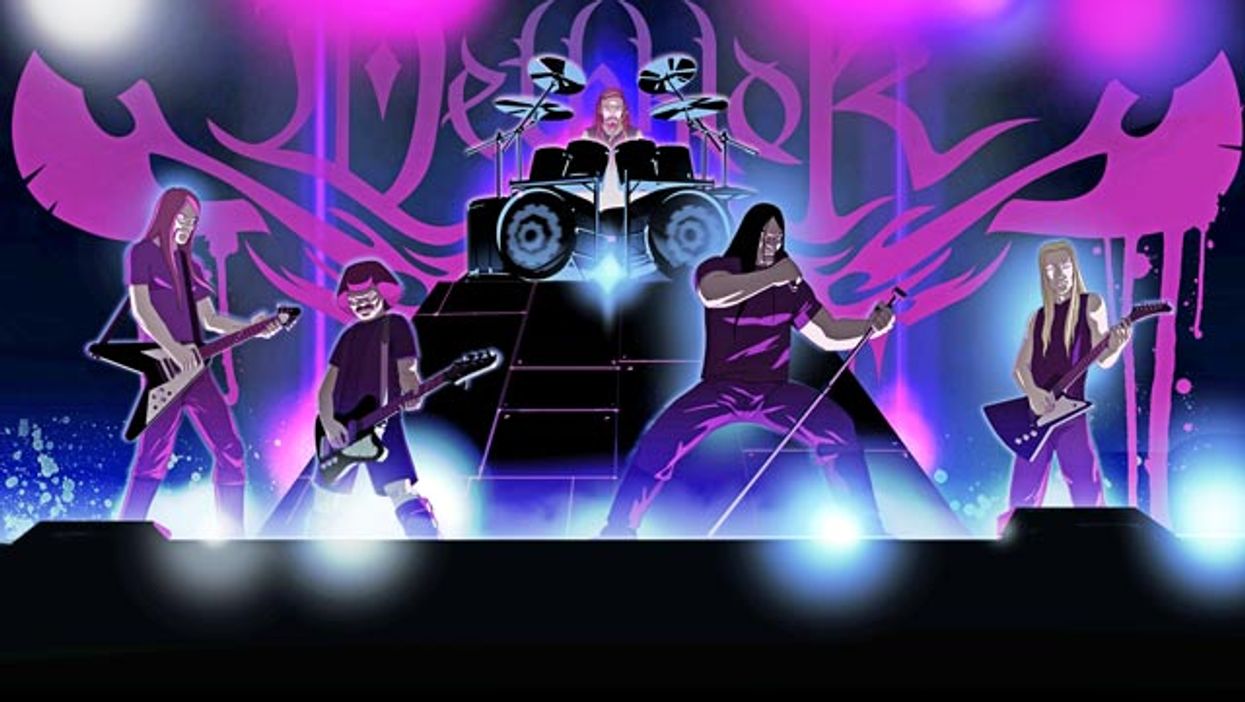Search
Latest Stories
Start your day right!
Get latest updates and insights delivered to your inbox.
metalocalypse-home-movies-brendon-small-dethklok-metal-comedy-central
Don’t Miss Out
Get the latest updates and insights delivered to your inbox.
Recent
load more

